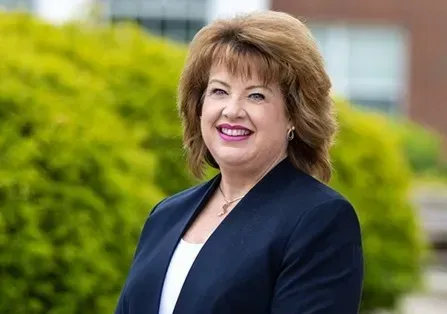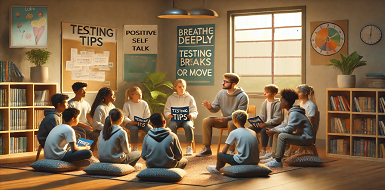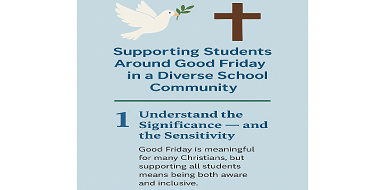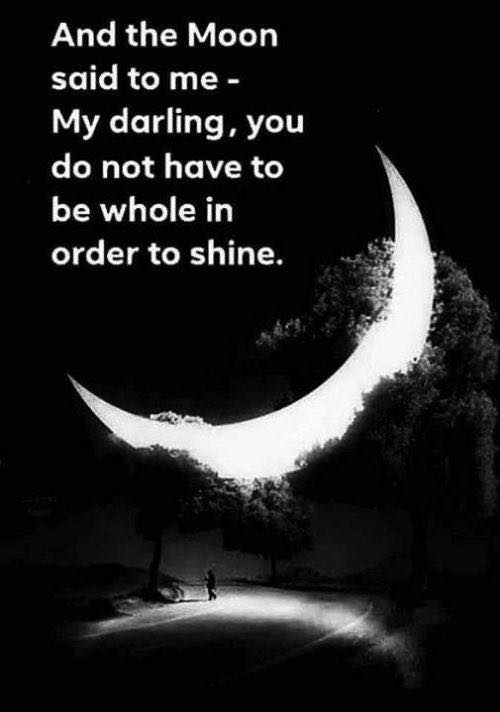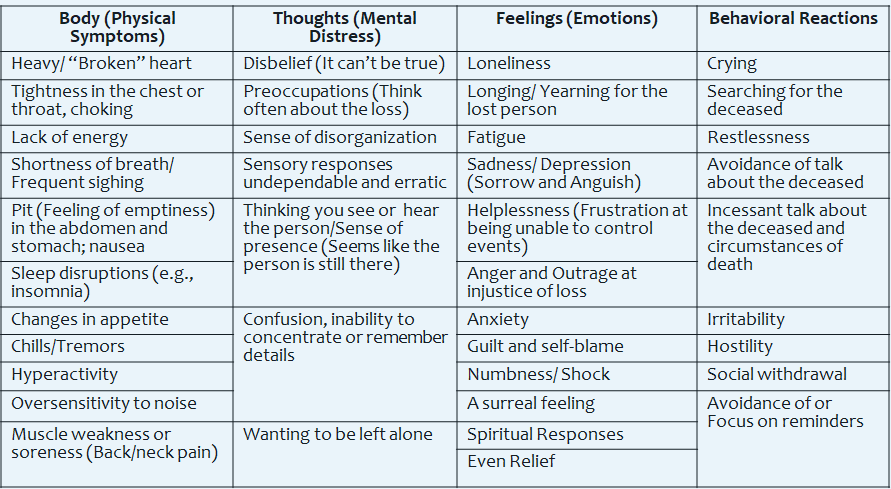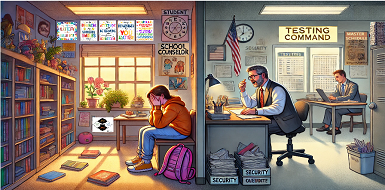RESPONSE TO NEGATIVE SELF IMAGE CONTINUED
Building Our Students Up
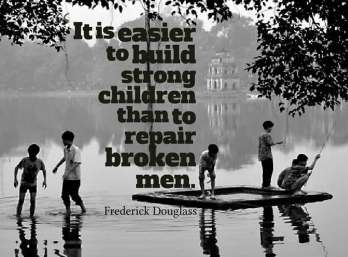
The Impact of Childhood on Adult Self-Image
As shown in the image above, “It is easier to build a child than to repair an adult.” Yet, we are the children who become adults. To a great extent, our self-image comes from the physical and emotional input we received as children.
LEARNING FROM HISTORY
Consider Marilyn Monroe for a minute. Today’s society would consider her “plus-size” as she was a size fourteen. But, in her day, she (along with a very good agent) was able to convince the rest of society that she was THE most beautiful. Everybody tried to look like Marilyn – right down to the bleached blonde hair and “full figure.” Here again, perception rules! The tragedy happens when we look deeper to see the personal perception that Marilyn had of herself. She did not think of herself as beautiful or successful. Whether you believe that she committed suicide or was murdered, the fact remains indisputable that she was unhappy. She was always reaching to fit into that “Beautiful People” group or the “Success Regime.” The sad fact was that she had already arrived. Still, she didn’t see it. She had reached the brass ring, but then she felt she needed to gold-plate it.
We can think of several such figures throughout history and within modern-day society. Princess Diana appeared as if she had the world by the tail when she married Prince Charles, but we watched her struggles within the media and the paparazzi. Several movie stars have literally fallen apart right before our eyes as their stories are told within the press. The sad truth is that even if you have a near-perfect body, you may not be able to appreciate it.
One example is from Fiji. Ellen Goodman (1999) writes of the “Joy of Fat” in this remote country. The women greet each other with cheerful exchanges of ritual compliments of “You look wonderful! You’ve put on weight!” Sounds like dialogue from Fantasy Island? But, this Western fantasy was a South Pacific way of life. In Fiji, before 1995, big was beautiful and bigger was more beautiful – and people really did flatter each other with exclamations about weight gain. In this island paradise, food was not only love, it was a cultural imperative. Eating and overeating were rites of mutual hospitality. Everyone worried about losing weight – but not the way we do in America. “Going thin” was considered to be a sign of some social problem – a worrisome indication the person wasn’t getting enough to eat. But, something happened in 1995. A Western mirror was shoved into the face of the Fijian people. Television came to the island.
Suddenly, the girls of rural coastal villages were watching the girls of “Melrose Place” and “Beverly Hills 90210,” not to mention “Seinfeld” and the soap operas. Within 38 months, the number of teens at risk for eating disorders more than doubled to 29 percent. The number of high school girls who vomited for weight control went up five times to 15 percent. Worse yet, 74 percent of the Fiji teens in the study said they felt “too big or fat” at least some of the time, and 62 percent said they had dieted in the past month (Goodman, 1999).
While a direct causal link between television, magazines, advertisements and eating disorders cannot be proven, this is certainly a good argument. The beautiful starlet does not cause anorexia. Nor does the pencil-thin fashion magazine model cause bulimia. Nevertheless, you don’t get a much better lab experiment than this. In just 38 months, a television-free culture that defined a fat person as robust has become a television culture that sees robust as, well, repulsive.
Think about the models from the sixteenth century. In their day, they were considered the ultimate of perfect beauty. Yet, they would have been a size sixteen in today’s society. Consider the ladies with their parasols at the turn of the 19th century. Fair skin was the rage. A tan face and body meant you had to work. Now, we all risk skin cancer for that same tan skin. Once again, perception rules!
The Role of Parents in Shaping Self-Image
Yet, while media-driven images and expectations certainly have an effect, messages from significant others have an even more dramatic impact on how we feel physically and emotionally about our bodies as adults. This is especially significant when we are spending so much more time with our families.
Our parents have the most profound effect on our self-image. If they like how we look and tell us so, we face the world with a head-start. If, on the other hand, our parents dislike our appearance, our body image will be tremendously influenced in a negative way.
Barbara Streisand gave a good anecdote to support this idea as she recalled her childhood in an interview with Jay Carr (1996) in The Boston Globe. She tells him that “It’s actually my mother who never told me I was pretty. The words in the film The Mirror Has Two Faces are her words when I asked her what I looked like when I was a little girl. You know we play out the roles that our parents assign to us. I was the smart kid. I was the funny kid. My sister was the pretty kid. We play our roles until we come into a state of consciousness that says, ‘I will separate from my parents’ view of me’ once you get mature enough. That’s what’s wonderful about getting older. You’re not stuck in the mud of the pattern. You make your choices.”
Addressing Self-Image in Schools
A major element that influences our self-image is whether our parents are satisfied with the way we look. Parents with a poor body image can pass on their negative attitudes and feelings to their children, causing them to dislike their own bodies. That’s why we need to address this issue before we can begin to help the children, as our role as school counselors places us in this position for many children in our care.
It’s up to the leaders in the school to instill enough confidence in each and every student so that they can have a positive self-image. The messages that we receive affect how we feel. The old quote, “Eliminate the negative, accentuate the positive” should be our mantra. Everyone has negative features and traits, but we have so many more positive ones, so we need to concentrate on those. What we think we are, we are! Again, perception rules!
Media and Self-Image
This brings us to an important realization that is so important to share with our students. The pictures in the fashion magazines are to sell products, not images of less-than-adequate people. The pictures are manipulated by technology so that we will buy. The people behind the magazine do not seem to care how this makes us feel. So, students need to learn not to fall for "the sell". It's not real! It's important for our students to know and remember that no one is nearly as critical or as noticing of our shortcomings as we are. If we don’t “notice” them or call attention to them, then others will not either.
Promoting Self-Acceptance
Our task is to be accepting of others so that we can learn to accept ourselves and teach our children and teens to accept themselves. Encouraging self-acceptance and self-love is crucial in a world that often tells us we are not enough. We need to counteract those negative messages with positive affirmations and supportive environments.
Furthermore, schools should implement programs and workshops that focus on building self-esteem and body positivity. These programs can help students recognize their worth beyond physical appearance and develop a healthy relationship with their bodies. By promoting a culture of acceptance and positivity, we can create a supportive community where every student feels valued and confident.
Conclusion
In conclusion, our self-image is significantly shaped by our childhood experiences and the messages we receive from those around us, especially our parents. As educators and caregivers, it is our responsibility to foster a positive self-image in children and teens. By doing so, we empower them to face the world with confidence and self-assurance, laying the foundation for a healthier, happier adulthood.
More PRACTICAL STEPS TO IMPROVE SELF-IMAGE
- Create Supportive Environments: Foster a school environment that celebrates diversity and inclusivity. Encourage activities and programs that promote acceptance and respect for all body types and appearances, helping pre-teens feel valued and included.
- Emphasize Health Over Appearance: Encourage regular physical activity, balanced nutrition, and adequate sleep. By focusing on health rather than appearance, pre-teens can develop a positive relationship with their bodies.
- Promote Positive Peer Relationships: Encourage pre-teens to build supportive and positive friendships. Positive peer relationships can reinforce healthy self-image and provide a network of encouragement and understanding.
- Provide Resources and Support: Offer resources such as books, workshops, and counseling sessions that focus on self-esteem and body image. Providing ongoing support can help pre-teens navigate their feelings and develop a healthier self-image.
- Engage Parents and Guardians: Involve parents and guardians in discussions about body image and self-esteem. Provide them with tools and strategies to reinforce positive messages at home, creating a consistent support system for pre-teens.
- Encourage Self-Expression: Support pre-teens in expressing themselves through art, music, writing, or other creative outlets. These activities can help them explore and affirm their identities, boosting self-esteem and self-acceptance.
- Educate on Body Diversity: Teach pre-teens about the natural diversity of body shapes and sizes. Emphasize that everyone is unique and that there is no single standard of beauty.
- Implement Mindfulness Practices: Introduce mindfulness and relaxation techniques to help pre-teens manage stress and develop a more compassionate relationship with their bodies.
- Celebrate Achievements: Acknowledge and celebrate the achievements and milestones of pre-teens, both big and small. Positive reinforcement can build confidence and encourage a healthy self-image.
- Encourage Community Service: Involve pre-teens in community service projects. Helping others can shift their focus away from appearance and towards meaningful contributions, enhancing their sense of self-worth.
By implementing these strategies, we can help pre-teens develop a healthier self-image and navigate the challenges of adolescence with greater confidence and resilience. We can help our children and teenagers do it right the first time - as they develop and form an identity. It is much easier to build a child than to repair an adult!
References
Carr, J. (1996). Streisand looks in mirror, Sees a funny girl. The Courier Journal. Louisville, Kentucky. November 17, 1996.
Goodman, E. (May 1999). The Joy of Fat. The Courier Journal. Louisville, Kentucky.
I am a school counselor turned counselor educator, professor, and author helping educators and parents to build social, emotional, and academic growth in ALL kids! The school counseling blog delivers both advocacy as well as strategies to help you deliver your best school counseling program.

I'm a mother, grandmother, professor, author, and wife (I'll always be his). Until October 20, 2020, I lived with my husband, Robert (Bob) Rose, in Louisville, Ky. On that awful day of October 20,2020, my life profoundly changed, when this amazing man went on to Heaven. After Bob moved to Heaven, I embraced my love of writing as an outlet for grief. Hence, the Grief Blog is my attempt to share what I learned as a Counselor in education with what I am learning through this experience of walking this earth without him. My mission is to help those in grief move forward to see joy beyond this most painful time.
